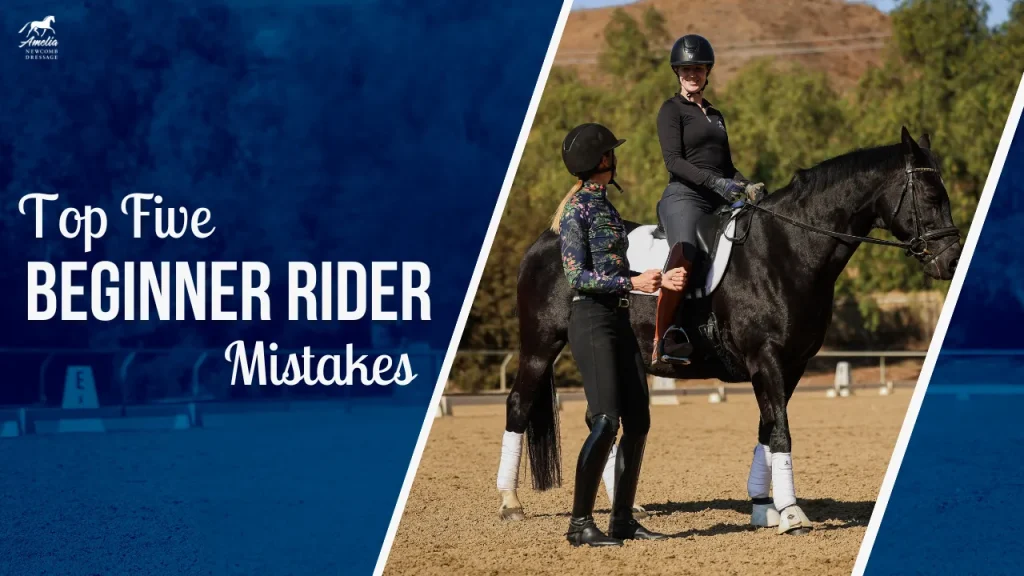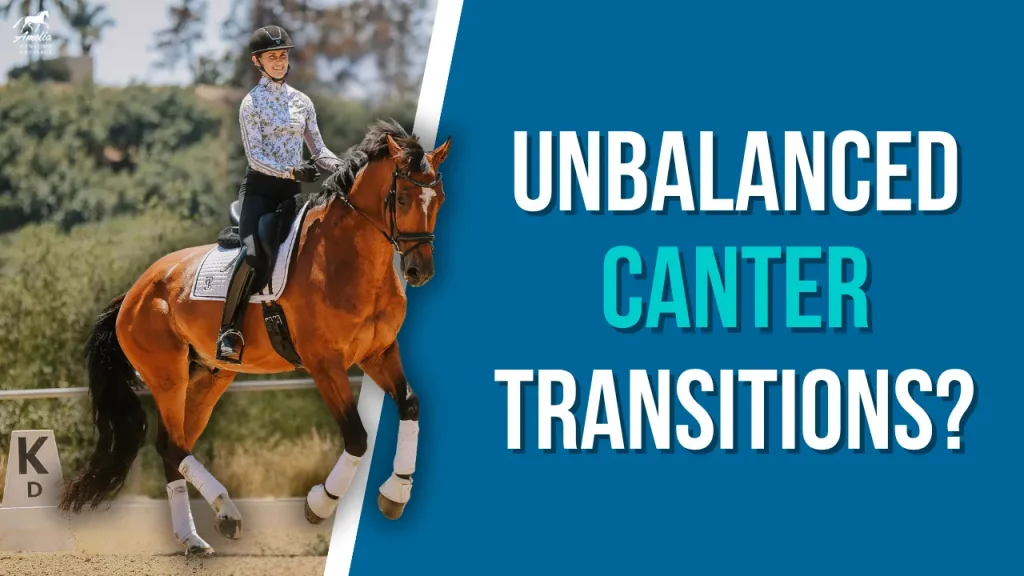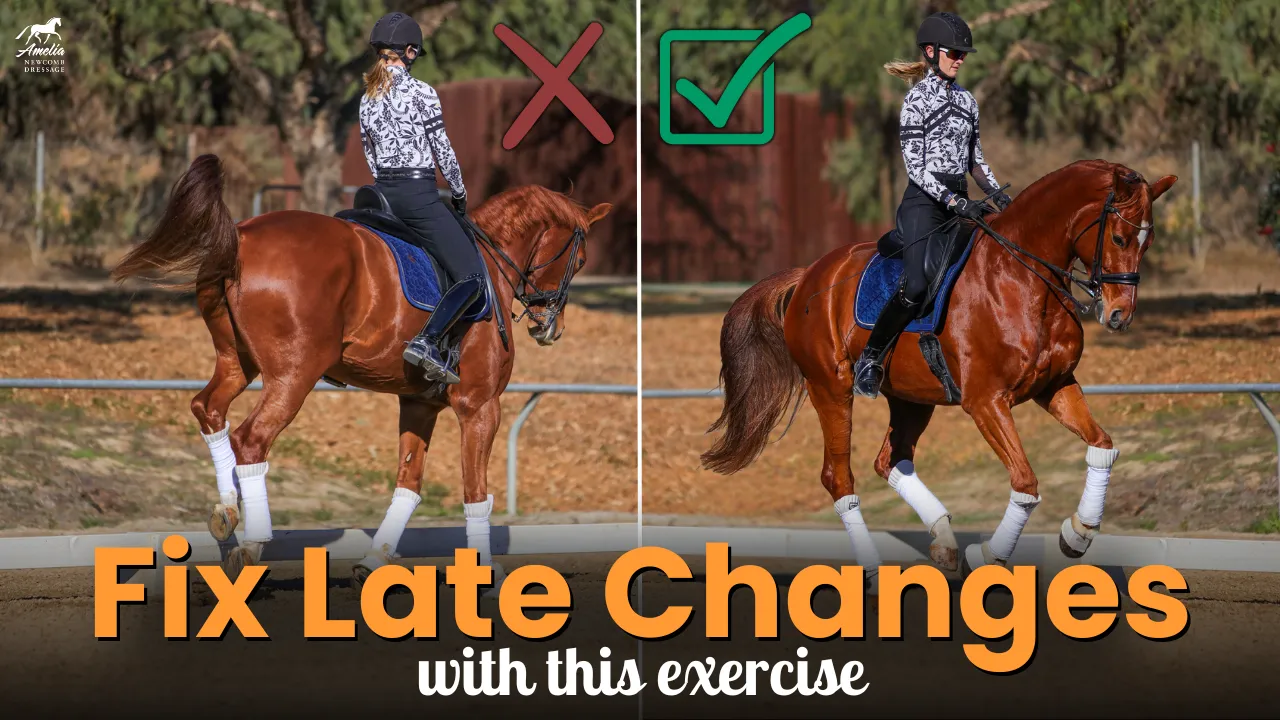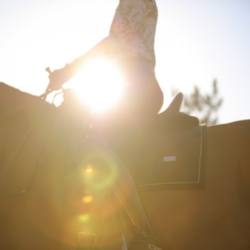How do you ride a half-halt with your seat and thighs?
Ah the Elusive Half-Halt.
Do you ever feel like your half-halt is more halt than half?
Have you ever had your instructor yell “HALF HALT HALF HALT” at you repeatedly in time with the horse, and you think you’re doing it right, but they’re looking at you like you’ve done nothing??
Understanding half-halts can feel like studying particle physics because the half-halt is part of everything we do on horseback, but can we really see it? It’s everywhere but really what is it?
The half-halt is as crucial to your riding as the clutch is to your driving. You engage the half-halt/clutch before every move up or down the transitions/gears. Change gears without your clutch, and you’re grinding metal… Try a transition without your half-halt, you’re going to have an unhappy horse who’s moved into a transition without being balanced or gathered.
But we’re riding HORSES here, so we’ll leave the motoring metaphors and get down to the nitty gritty about how to really get the half-halt right and which muscles you need to effectively communicate the half-halt.
Here are a few tips to help you with your half-halts:
- Most all riders clamp with their butt, squeeze with their knees, and tighten their six pack abs for a half-halt – these are NOT the correct muscles to use!
- You SHOULD use you gluteus mead muscles (to wrap your legs around the horse) and your transverse and oblique abs (to stabilize yourself in the saddle) in order to correctly half-halt your horse!
- Remember that your half-halts are a gathering and a rebalancing of energy and they are different on every horse that you ride – lazy horses require more leg and less hand in the half-halt.
- In the canter, be sure to half-halt on the up beat of the canter when the mane is flying up!
- If your horse is not listening to the half- halt, you may need to ride a full halt or even a rein back to get your point across!
The half-halt is all about gathering and balancing and getting it right will get your horse moving in a more uphill carriage and make your transitions smoother and with a more balanced energy. Your horse will appreciate better half-halting and so will you!
Let me know in the comments if you find an improvement in your half-halting after watching this video!












































